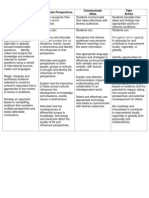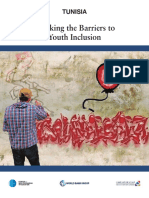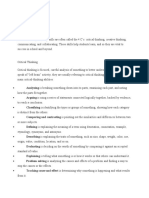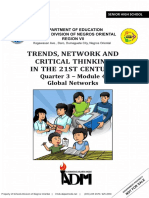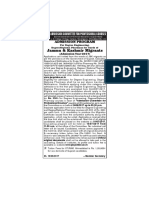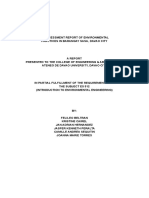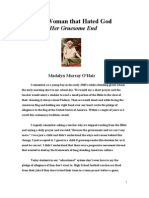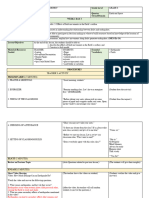0% found this document useful (0 votes)
35 views7 pagesIELTS Writing Task 2 Topics and Wordlists v2
This document outlines the 10 most common topics for IELTS Writing Task 2, each accompanied by a list of 20 relevant high-level words and phrases. The topics include Education, Health and Fitness, Environment, Technology and Society, Crime and Punishment, Globalization, Government and Politics, Poverty and Inequality, Media and Advertising, and Family and Relationships. The provided vocabulary aims to help candidates achieve a Lexical Resource band score of 8 or higher.
Uploaded by
nazirovotabek345Copyright
© © All Rights Reserved
We take content rights seriously. If you suspect this is your content, claim it here.
Available Formats
Download as PDF, TXT or read online on Scribd
0% found this document useful (0 votes)
35 views7 pagesIELTS Writing Task 2 Topics and Wordlists v2
This document outlines the 10 most common topics for IELTS Writing Task 2, each accompanied by a list of 20 relevant high-level words and phrases. The topics include Education, Health and Fitness, Environment, Technology and Society, Crime and Punishment, Globalization, Government and Politics, Poverty and Inequality, Media and Advertising, and Family and Relationships. The provided vocabulary aims to help candidates achieve a Lexical Resource band score of 8 or higher.
Uploaded by
nazirovotabek345Copyright
© © All Rights Reserved
We take content rights seriously. If you suspect this is your content, claim it here.
Available Formats
Download as PDF, TXT or read online on Scribd
/ 7







































